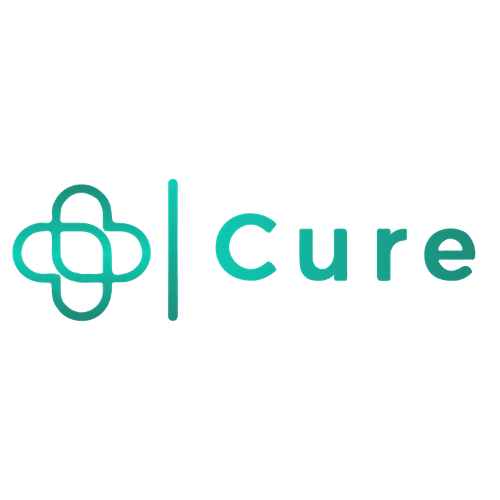
STARTUP
Cure Bionics
Cure Bionic is a bionic startup that aims to make amazing and customizable 3D-printed bionic arms for people with limb differences. These prosthetics are customizable thanks to removable covers, having rotating wrist, easy to use thanks to a smart algorithm, adjustable since children grow fast, having wireless/solar charger, and will be sold for an affordable price.
They also aim to provide them with an entertaining and immersive therapeutic solution that uses virtual reality and gamification allowing them, using a VR headset and a muscle bracelet, to see and control a virtual hand for training and rehabilitation via gamified exercises while the doctor can do the online follow up from his office while getting real-time and accurate data.
Cure Bionics's Story
It all started in 2016 when they participated in a student challenge to solve problems in relation to the SDGs. One of the team members at that time had a cousin who was born without both her upper limbs and her parents couldn’t afford to buy her prosthetics until she reaches the age of 20 and her morphology stops growing. They made a mechanical prosthetic device at that time but we, unfortunately, didn’t agree to continue.
Mohammed, the founder of Cure Bionic, decided to take it as his graduation project in 2017 instead of a paid internship in Canada and I used his family’s financial resources to rebuild a bionic arm from scratch. It took him 8 months where he met many people with limb differences and started having them as friends. He was visiting a hospital in Tunisia where they take care of children with amputation and met an 8-year child who was electrified and lost both his right hand and leg, he was in pain, and his mum was so in a very bad situation since they cannot afford to buy a prosthetic hand for him. That day, Mohammed took a decision to address children with amputation who did not have access to these devices because they are not made small enough, because their parents cannot afford to supply them with it since it is so expensive or because existing prosthetics will not reflect their personality and preferences to make them feel proud of having such devices. He took the decision to give them more than a device, but a way to inspire the world with their positive differences.
